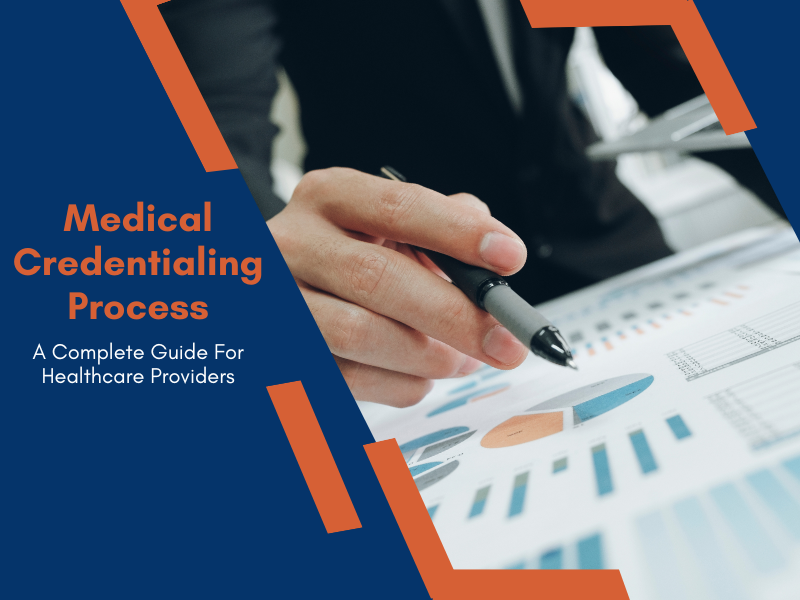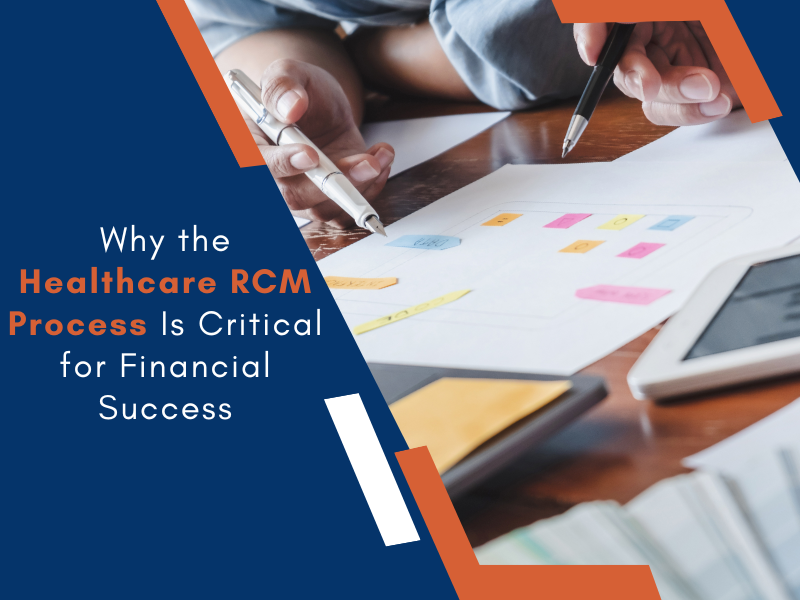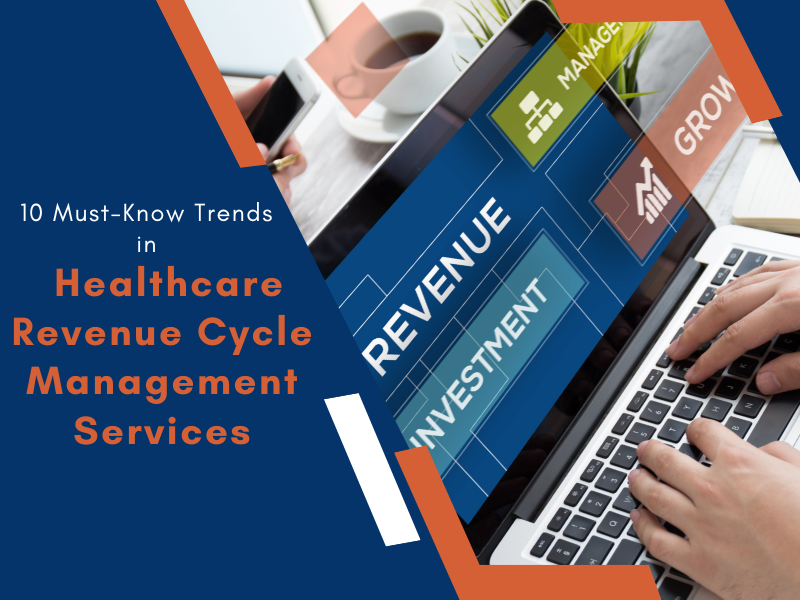The medical credentialing process is a critical aspect of the healthcare industry that ensures providers meet specific standards for delivering quality care. This process verifies a healthcare provider’s qualifications, licenses, and certifications to practice medicine. For healthcare organizations, effective credentialing is essential to maintain compliance, reduce risks, and ensure seamless reimbursement processes.
If you’re a healthcare provider or an organization navigating the complexities of the medical credentialing process, this guide will provide you with a clear understanding of its importance, steps involved, and how it benefits both providers and patients.
What Is the Medical Credentialing Process?
The medical credentialing process is the systematic verification of a healthcare provider’s qualifications, experience, and competency to deliver medical services. It involves checking their education, certifications, licenses, work history, and professional references. Credentialing ensures that providers comply with the standards set by insurance companies, regulatory bodies, and healthcare organizations.
Why Is Medical Credentialing Important?
- Ensures Quality Care: Credentialing verifies that healthcare professionals have the necessary training and expertise to deliver high-quality care.
- Compliance with Regulations: It ensures that providers meet the legal and professional standards required by state and federal regulations.
- Streamlined Insurance Reimbursements: Credentialing is essential for enrolling providers in insurance networks, allowing for smooth claim approvals.
- Protects Patient Safety: By verifying a provider’s history and qualifications, it minimizes the risk of medical errors and malpractice.
Steps in the Medical Credentialing Process
The medical credentialing process involves multiple stages to ensure thorough verification of a provider’s qualifications and compliance with industry standards. Here’s a step-by-step guide:
1. Provider Application
The credentialing process begins when a healthcare provider submits their application. This application typically includes:
- Personal and professional details
- Educational qualifications
- Residency and fellowship details
- Board certifications
- State licensure
- Work experience
- References and peer reviews
2. Primary Source Verification
Primary source verification is the cornerstone of the credentialing process. This step involves verifying the accuracy of the information provided in the application by contacting primary sources such as:
- Medical schools and universities for education verification
- State licensing boards for license validity
- Certification boards for specialty certifications
- Past employers for work experience verification
3. Background Checks
To ensure patient safety and compliance, credentialing involves conducting thorough background checks, including:
- Criminal history
- Malpractice claims and legal actions
- Drug testing (in some cases)
4. Enrollment in Insurance Networks
Once the provider’s credentials are verified, they can apply for enrollment in insurance panels. This step is crucial for enabling healthcare providers to bill insurance companies for their services. Insurance networks review the provider’s qualifications and determine whether they meet their standards.
5. Credentialing Committee Review
The provider’s application is then reviewed by a credentialing committee, typically composed of medical professionals and administrative staff. This committee evaluates the provider’s qualifications and decides whether to grant privileges or approve participation in insurance panels.
6. Approval and Contract Signing
If the provider is approved, the organization or insurance company issues a credentialing approval and enters into a formal agreement. This agreement outlines the terms and conditions for the provider’s participation in the network.
7. Ongoing Monitoring and Re-Credentialing
Credentialing is not a one-time process. Providers must undergo re-credentialing every two to three years to ensure continued compliance and updated qualifications. Ongoing monitoring also helps identify any potential risks or issues that may arise over time.
Challenges in the Medical Credentialing Process
The medical credentialing process can be time-consuming and complex, posing several challenges for providers and organizations:
1. Lengthy Timelines
Credentialing can take anywhere from 60 to 120 days, depending on the provider’s responsiveness and the complexity of the application.
2. Errors and Incomplete Applications
Incorrect or incomplete information in the application can delay the process significantly.
3. Changing Regulations
Staying updated with state and federal regulations can be challenging for organizations, leading to potential compliance issues.
4. Coordination with Multiple Entities
The need to coordinate with various institutions, licensing boards, and insurance companies can make the process cumbersome.
5. Resource-Intensive
Managing the credentialing process internally requires dedicated staff and resources, which can be a burden for smaller practices.
How to Simplify the Medical Credentialing Process
Healthcare providers and organizations can adopt several strategies to simplify and streamline the credentialing process:
1. Partner with Credentialing Specialists
Hiring credentialing experts or outsourcing the process to professional services ensures accurate and timely completion.
2. Use Credentialing Software
Automated credentialing systems can manage applications, track progress, and ensure compliance with regulations efficiently.
3. Maintain Updated Records
Keeping licenses, certifications, and other documentation up to date can speed up the verification process.
4. Train Staff
Training administrative staff on credentialing requirements can prevent errors and delays.
5. Monitor Deadlines
Proactively tracking re-credentialing deadlines helps avoid lapses in provider privileges or insurance enrollment.
Benefits of a Streamlined Medical Credentialing Process
A well-managed medical credentialing process benefits healthcare providers, organizations, and patients alike:
For Providers:
- Access to a broader patient base through insurance network participation.
- Faster reimbursements from insurance companies.
- Enhanced professional reputation and trust.
For Organizations:
- Compliance with regulatory requirements.
- Reduced risk of legal and financial liabilities.
- Improved operational efficiency.
For Patients:
- Assurance of receiving care from qualified and competent providers.
- Confidence in the quality and safety of medical services.
The Role of Technology in Modern Credentialing
Technological advancements have transformed the medical credentialing process, making it faster and more efficient. Credentialing software solutions offer features like:
- Digital application submissions
- Real-time progress tracking
- Automated reminders for re-credentialing
- Centralized data management
These tools not only reduce administrative burdens but also minimize errors, ensuring a seamless credentialing experience.
Conclusion: Partner with Experts for Credentialing Success
Navigating the medical credentialing process is essential for healthcare providers to deliver quality care, maintain compliance, and secure insurance reimbursements. While the process can be complex, partnering with experts like Apaana Healthcare can make all the difference.
At Apaana Healthcare, we drive operational excellence with global healthcare management solutions. Our expertise includes outsourced services for health plans, covering member enrollment, claims administration, medical billing & coding, and provider engagement. By choosing Apaana Healthcare, you gain access to cost-effective solutions that streamline your credentialing process, allowing you to focus on what matters most—providing exceptional care to your patients.
Let Apaana Healthcare be your trusted partner in achieving healthcare management success. Contact us today to learn more!





